In Conversation With Wedding Photographer Nina Hamilton
“I work intuitively, and my approach is simple, unobtrusive and photojournalistic. This allows me to visually narrate the realness of a wedding day.”
Tasmanian Wedding Photographer Nina Hamilton shares with us her journey as a wedding photographer, delving into the intimate and personal details as to why her connection and approach to wedding photography is on an entirely new level.
-
So, who is Nina Hamilton?
I’m an awkward, music-loving introvert from Hobart, Tasmania. I’m fluent in sarcasm and I’ll definitely shed a tear or two at your wedding. I’m a documenter of non-traditional lovers, and I love to connect with couples who approach their wedding day in a relaxed and thoughtful way that reflects their life, their style and their love.
How long have you been photographing weddings for?
I shot my first wedding about 4.5 years ago, but I’ve been full time for almost 3 years.
What lead you into the world of wedding photography?
It was never my intention to become a photographer, let alone shoot weddings. My background is in architecture and design; although photography has always been an extension of my practice. I was based in Brisbane for some years, working in both architectural education and practice, before heading to Uganda for a six-month visiting lecturer position.
Six months turned into two years and I finally made the tough decision to return home to Tasmania in mid 2013, pregnant and leaving behind my partner. As a solo parent, architecture didn’t have the flexibility I would require raising a child. I was thrown into peri-natal depression six months into my pregnancy; the last of the depression lifted shortly after my son turned 5. Postnatal depression is a bitch and for a long time, I wasn’t ok. It has become a big part of my own story and has taken me to some pretty dark places – most days it was a struggle to breathe and I felt completely numb to feeling very much at all. I also lost touch with my own identity.
It was in the depths of postnatal depression that I started shooting architecture events – it was a means of observing people and staying connected to the world, while still remaining in the shadows. From this experience, I have developed an intuitive approach to photography; it has made me more aware of noticing the most fleeting and quiet moments that might otherwise be missed. My experience with PND and anxiety allows me to be the calming voice when someone is on edge or nervous on a wedding day.
Photography has been pivotal in helping me (re)assemble my (new) identity as a mother, and the two are inextricably intertwined.
What is your most favourite thing about a wedding?
I dig the bits in-between the most; especially moments of human connection which are often fleeting. I consider myself an observer of people and life; a seeker of stories. I seek moments and stories in the ordinary, the everyday and the in-between – the best stories lie in the unexpected snippets of a wedding day; they are the bits I look for.
What style of wedding photography can couples expect from you?
I work intuitively, and my approach is simple, unobtrusive and photojournalistic. This allows me to visually narrate the realness of a wedding day. I aim to capture the real and beautiful interactions without excessive direction or awkward posing; because I believe that wedding photography should be a true reflection of who the couple is, and their relationships with those around them. I believe that wedding photography should unfold like a well-told story, rich with images that allow a couple to relive the magic of their wedding day, over and over.
Every wedding story is different; each couple and their relationship are unique. I want to tell their story in a way that feels true to them.
In your opinion, how important is it to have a personal connection with your wedding photographer?
I think it’s important. I believe in a people-first approach to wedding photography. So, if a couple trusts their photographer, they are likely to be more relaxed and they will see themselves wholeheartedly in the images. If you have relaxed, amazing people, it’s easy to make some magic together. That said, most of my couples are super awkward in front of a camera so I encourage them to just be themselves. Being awkward myself allows me to be in their shoes, and with gentle guidance, they are always beautifully surprised when they receive their galleries.
What are some of your favourite moments to capture?
Hugs and congratulations, children and the d-floor – pretty much any moment that I have no control over and have no idea what’s coming next.
Do you shoot alone, or do you bring someone along with you?
I generally shoot weddings solo, unless the couple requests a second shooter.
On a personal note
Where do you gain most of your inspiration from?
Photojournalism – both general and wedding. The wedding photographers who’s work I enjoy most are the storytellers; the ones who are not afraid to share the in-between moments at a wedding – from the glorious ugly crying through to the quiet boredom of children. The way I frame and compose images largely comes from my architectural background; and travel and people watching have also helped me understand how people work.
In your eyes, how has the wedding industry changed since Marriage Equality?
Marriage Equality passed in the middle of my first full season, so I can’t really say how things have changed. For me, love is love and same sex couples have been a ‘normal’ part of my wedding experience. The debate and vote leading up to Marriage Equality affected my friends in myriad ways. Two friends felt that they could finally come out in their 30s to their families, once the law was passed. Some, who have been together for over a decade, found that the intense scrutiny over their relationship has ruined the idea of marriage for them. The process of booking a same sex couple is often quite a different experience. I shoot a lot of older LGBTQI+ couples, and they are very thorough in vetting the vendors they work with, because of the discrimination they have experienced. Earlier this year, I shot the elopement of a couple who had come to Australia from overseas because it was illegal to marry in their own country – to have a safe space to be able to declare their love was overwhelming for everyone on the day.
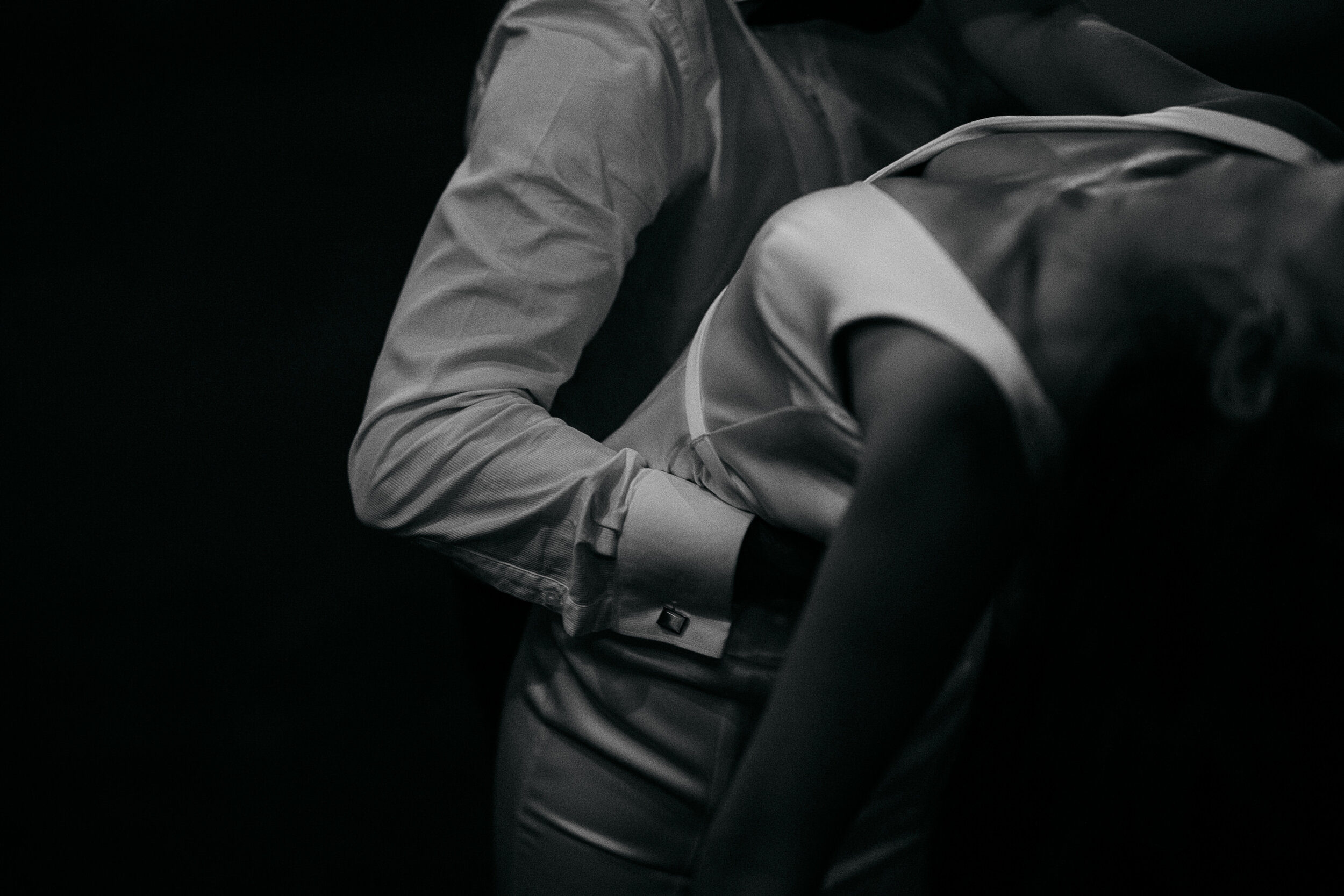
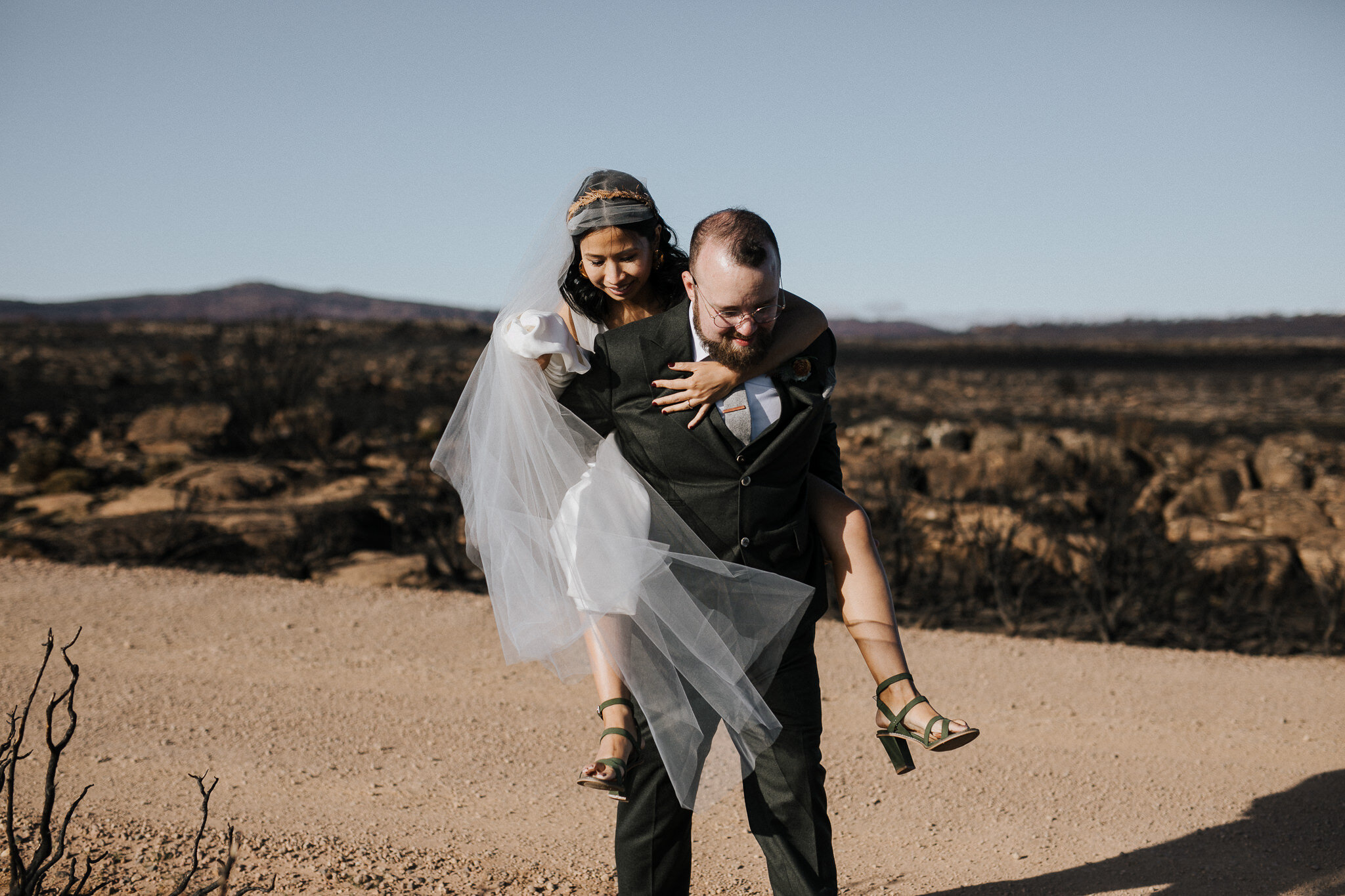
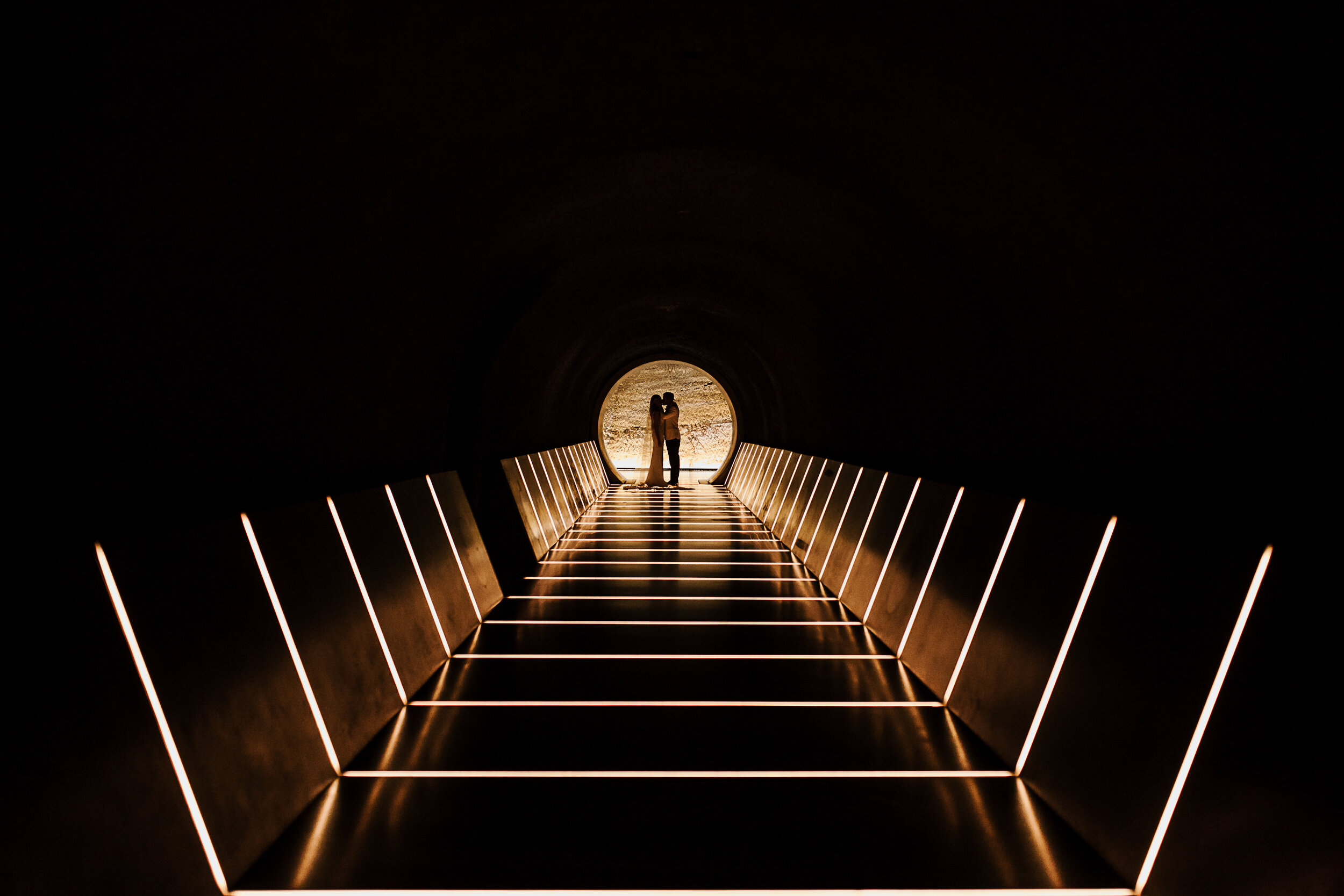
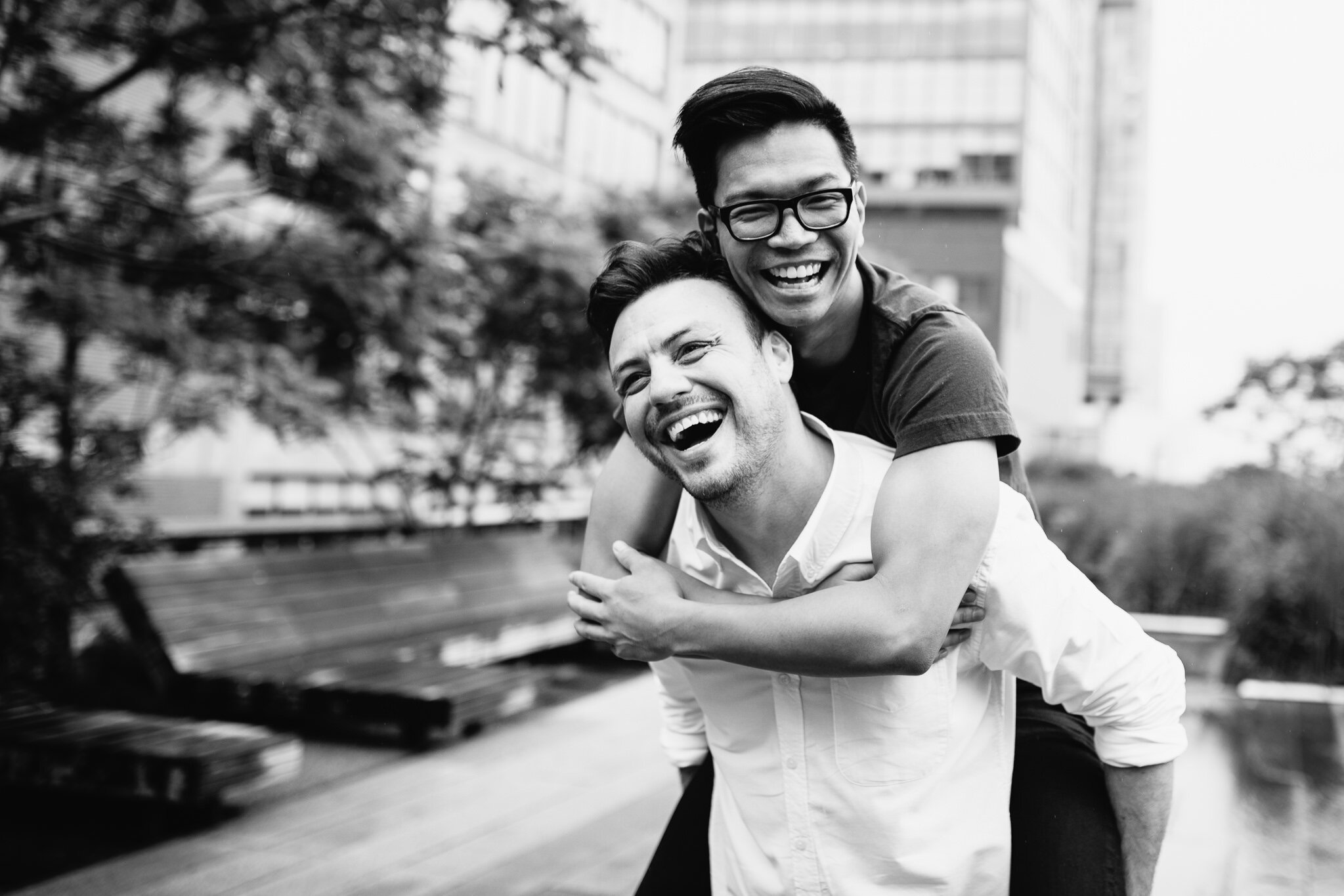
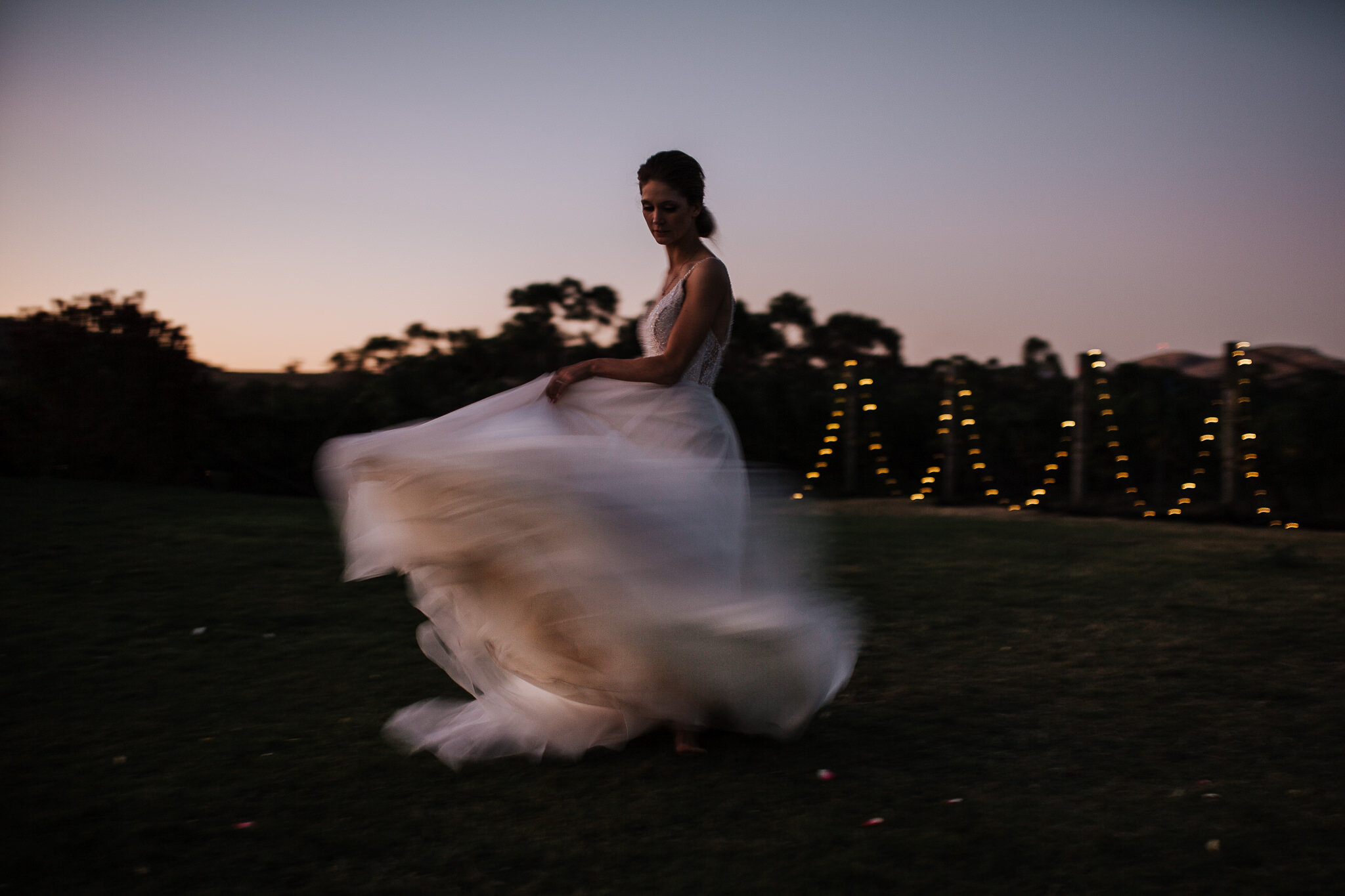
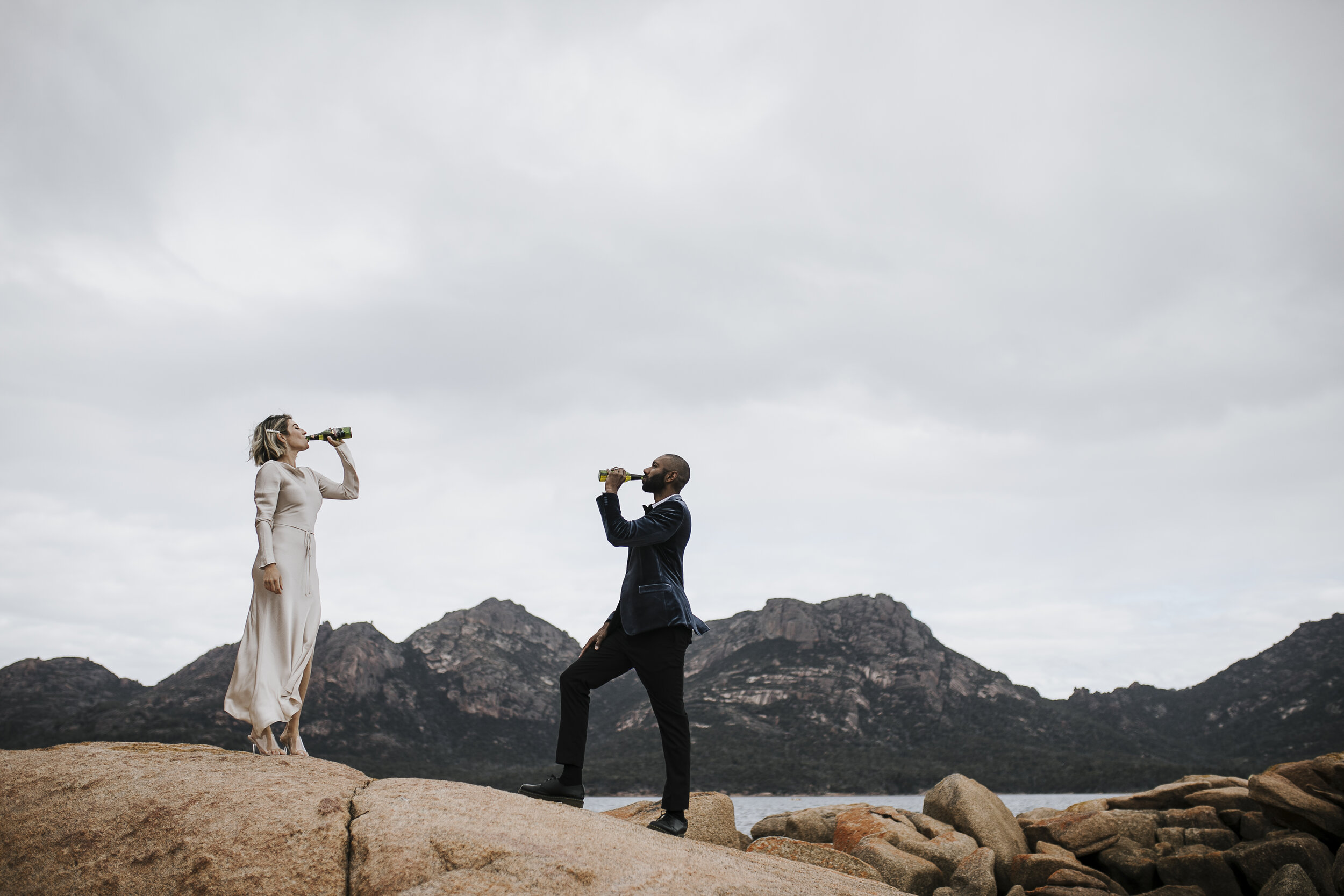
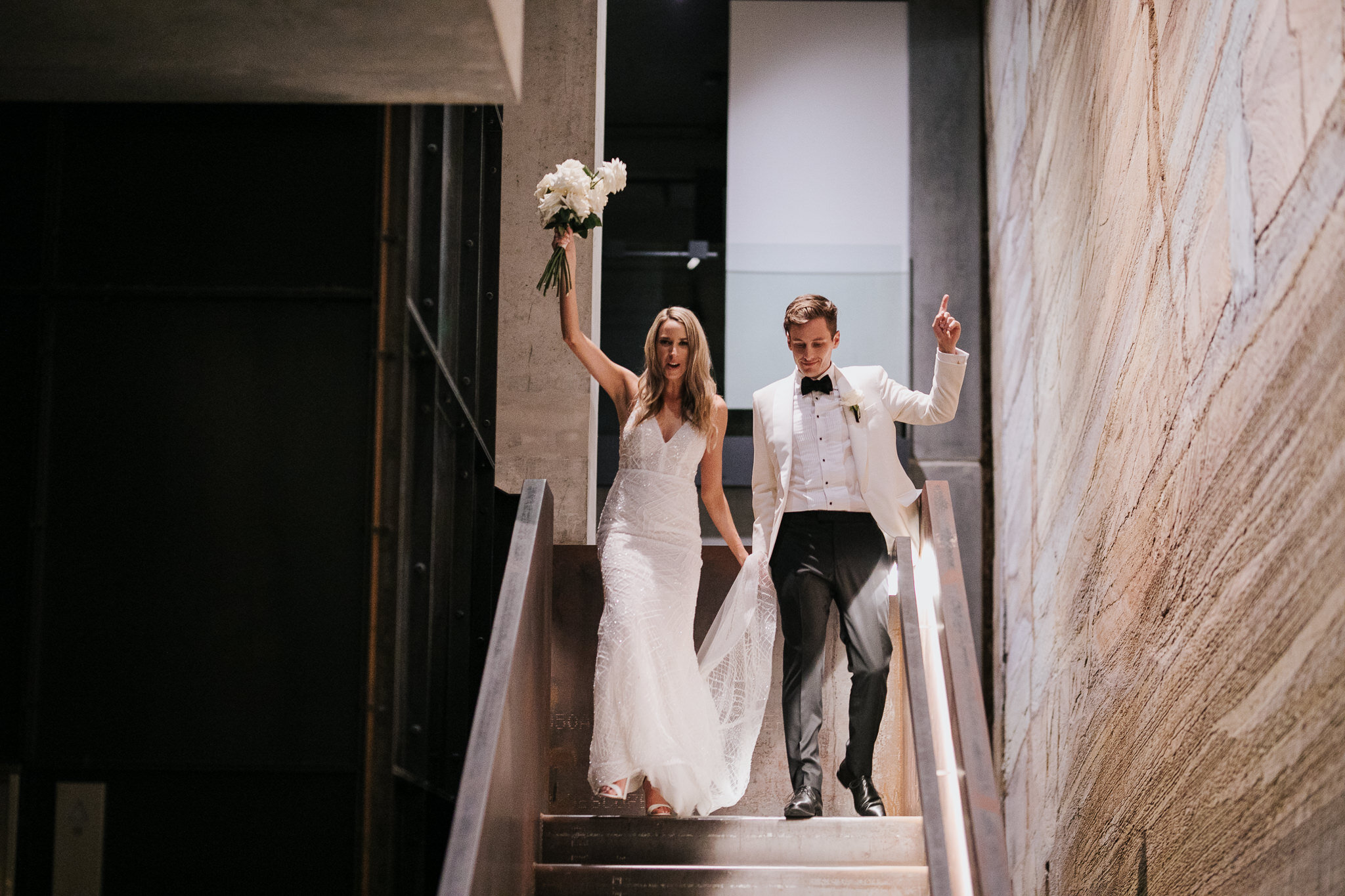
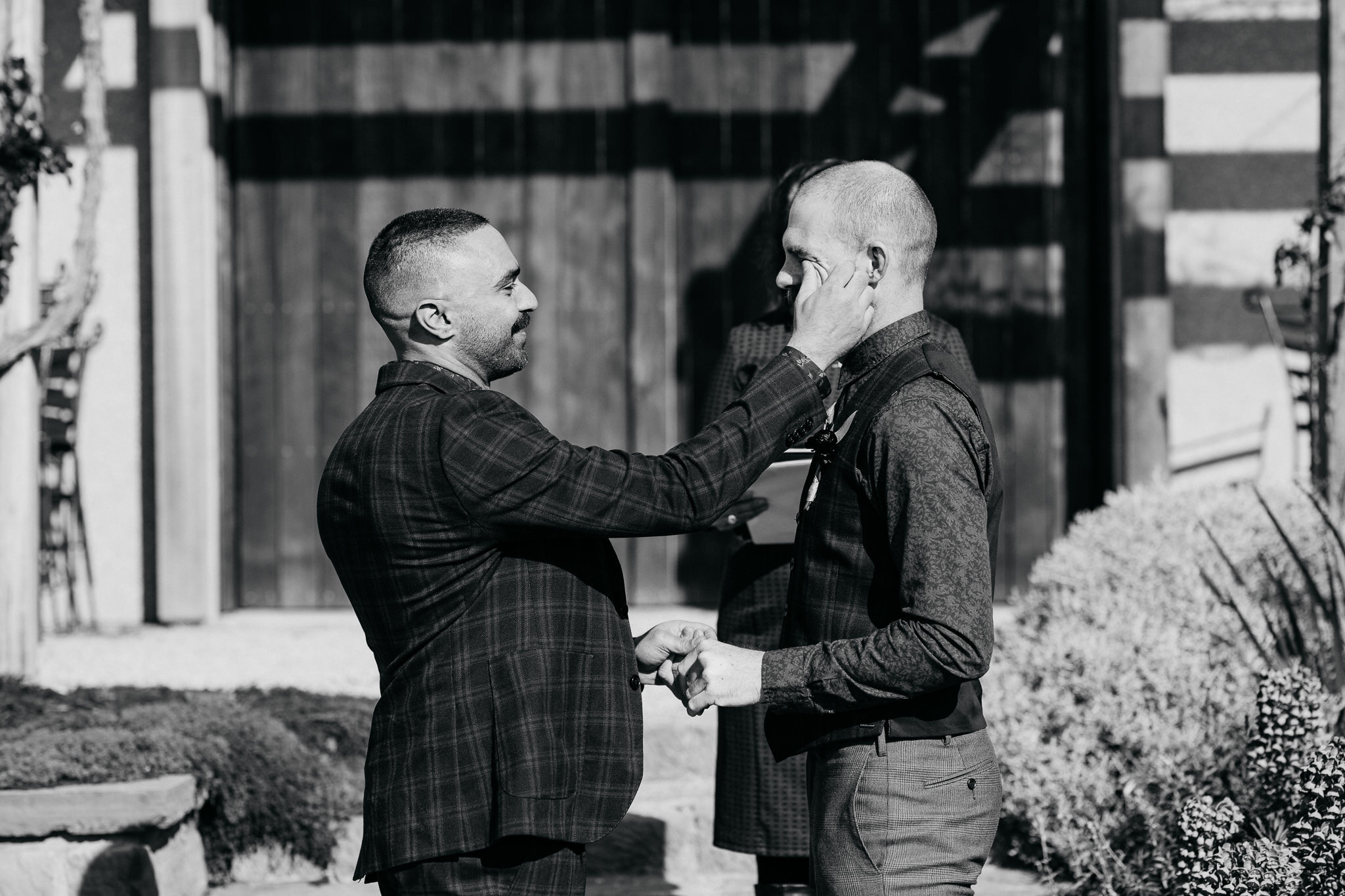
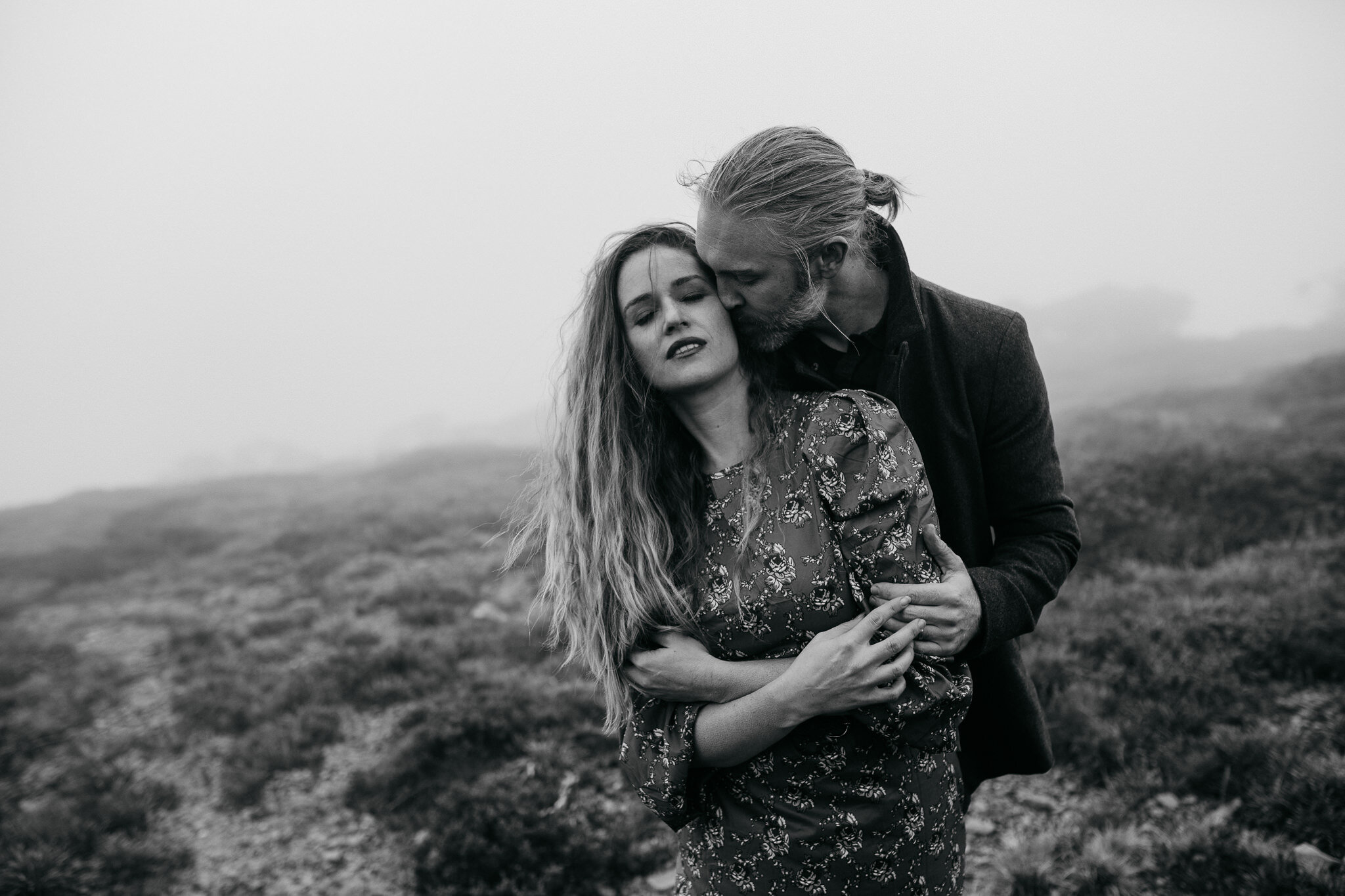
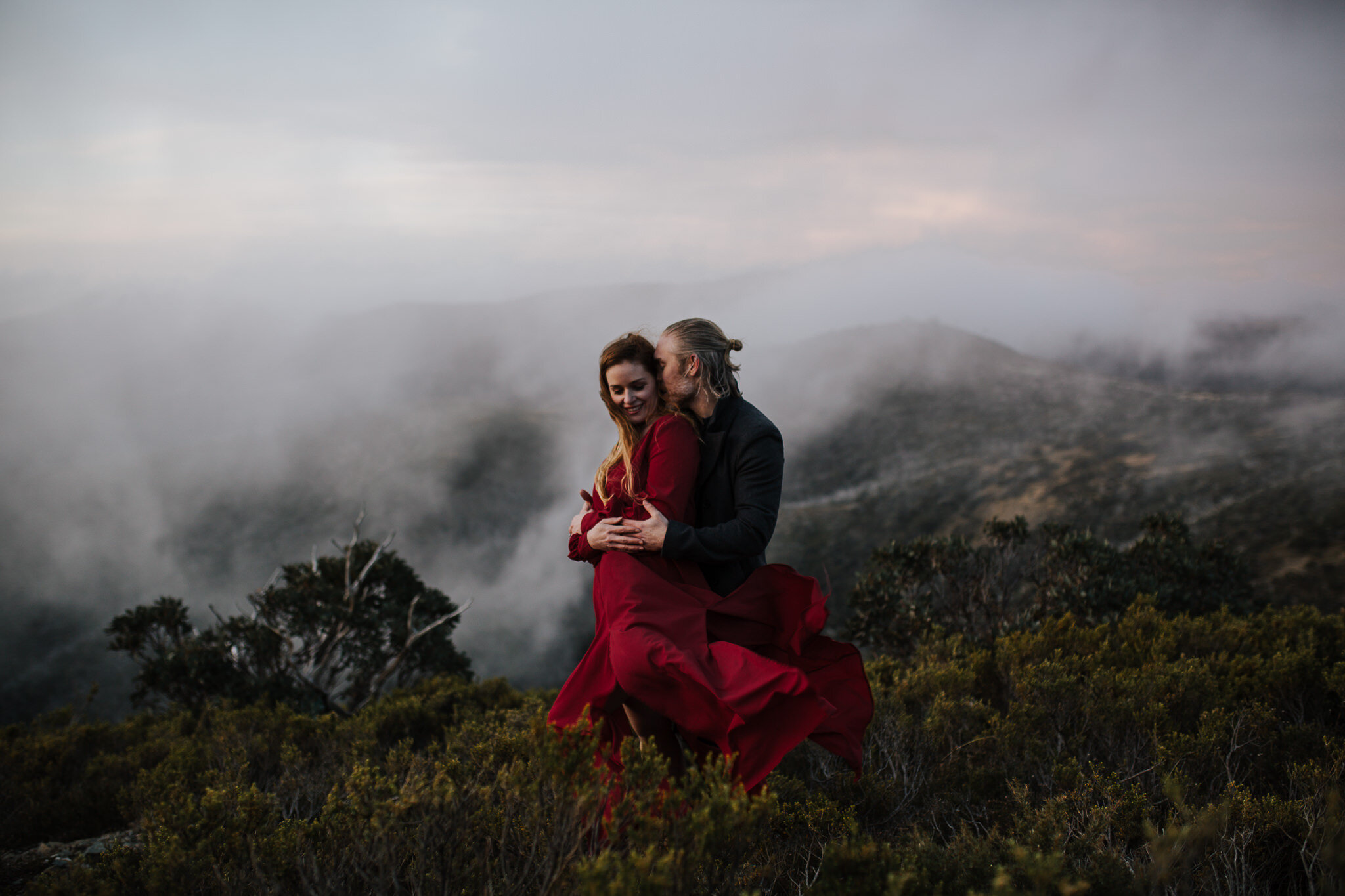
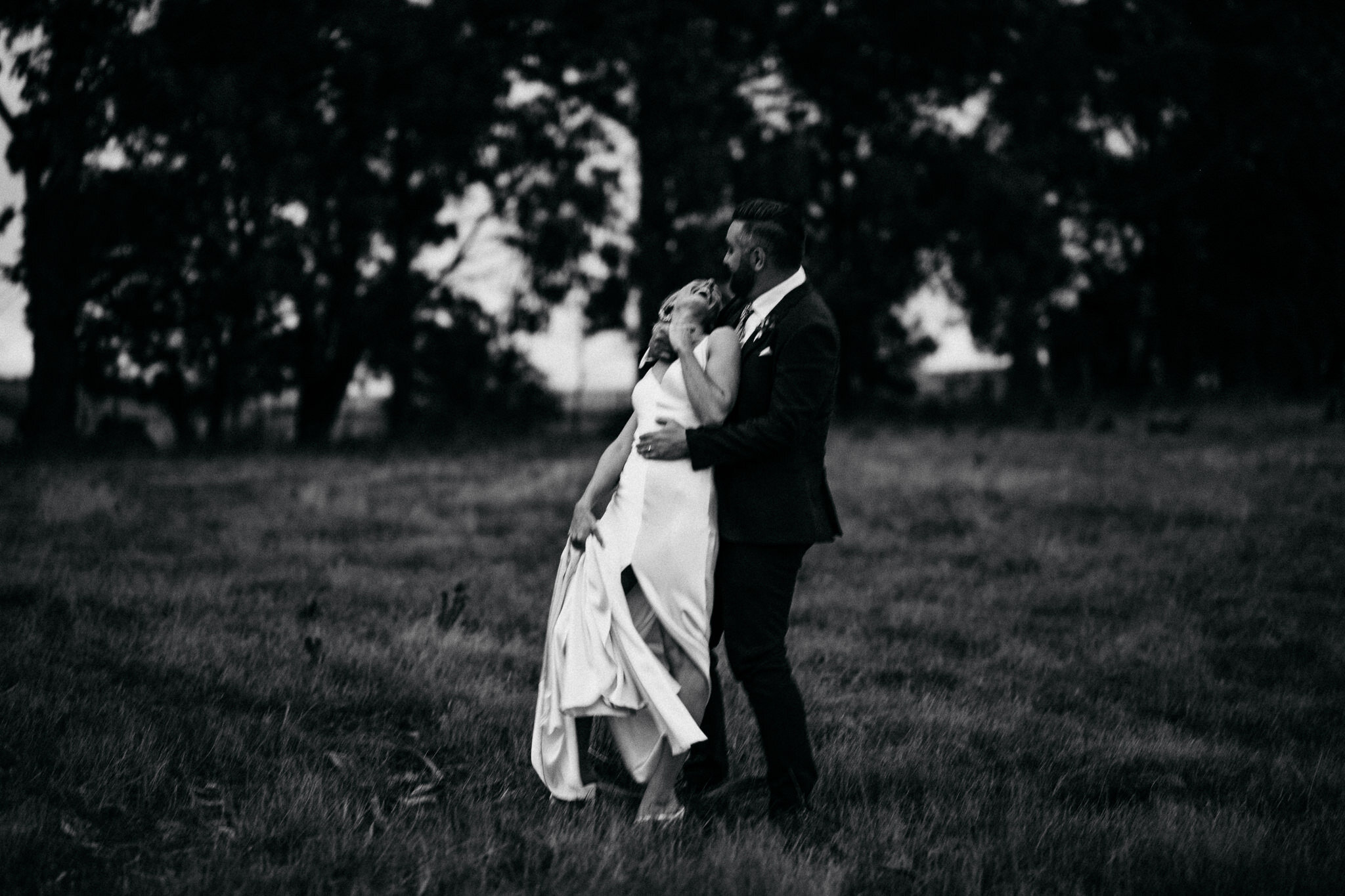
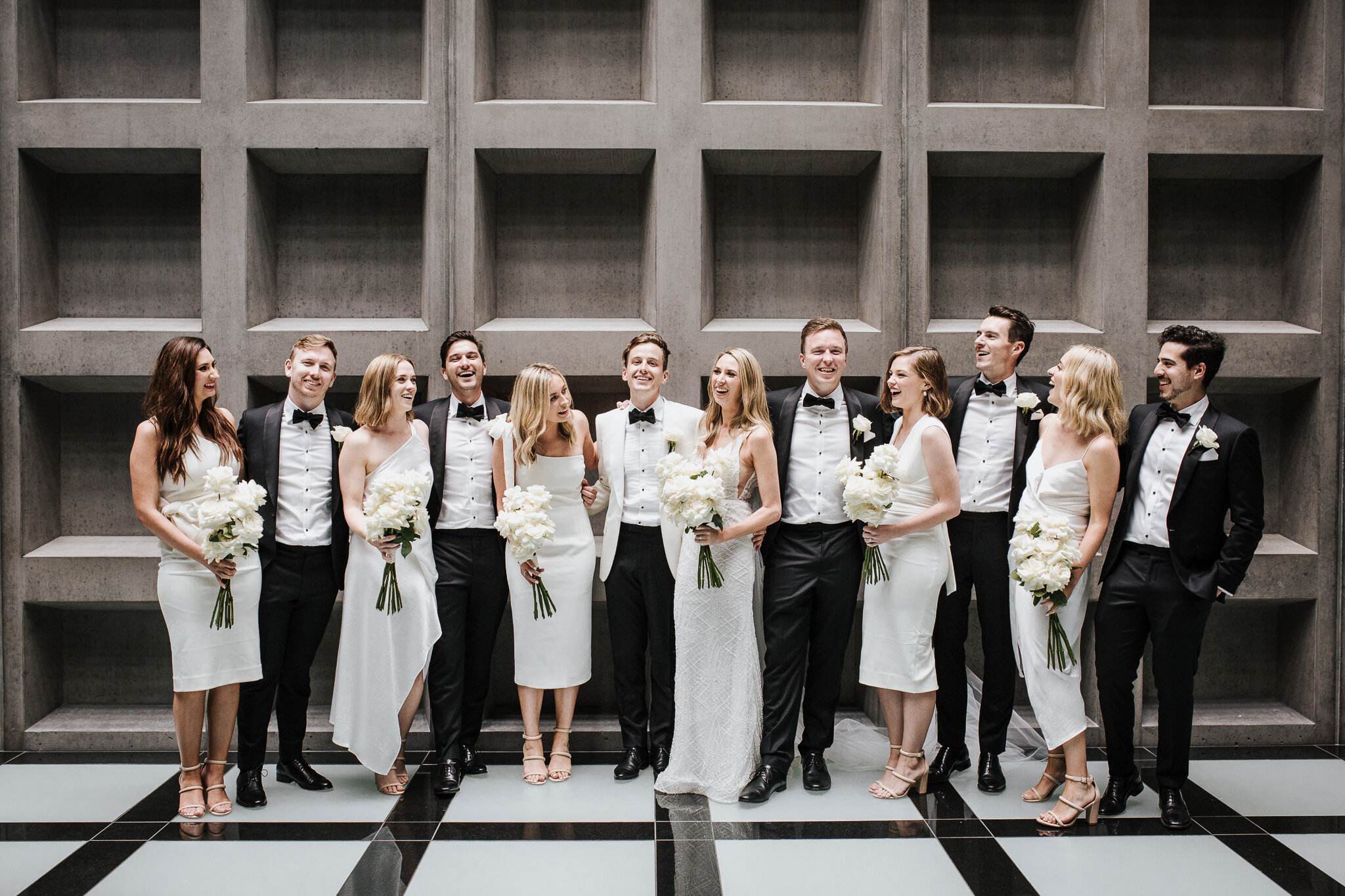
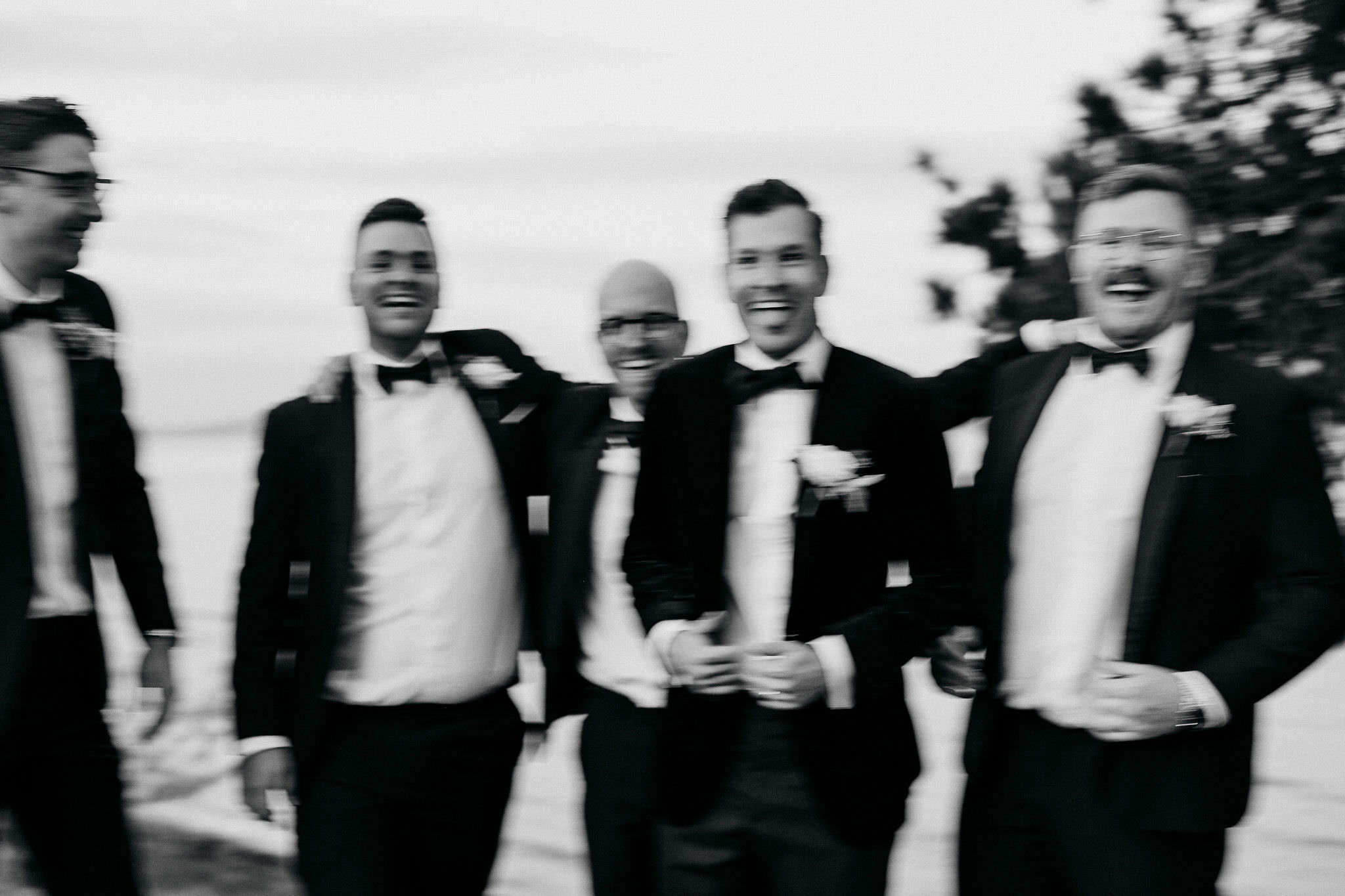
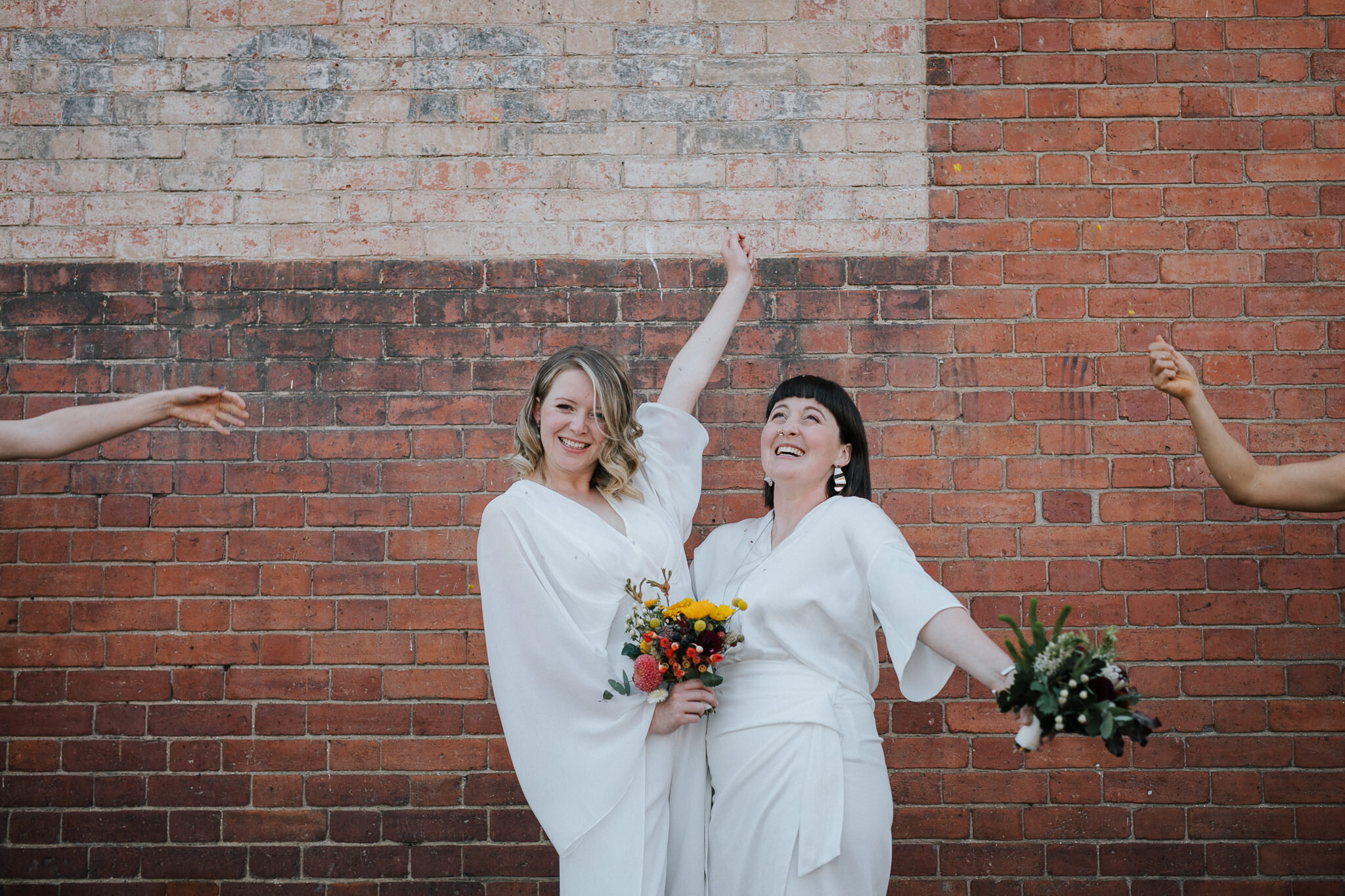
To learn more about Nina Hamilton and to see if she is available to capture your wedding day, you can find her on the Mr Theodore wedding guide by clicking HERE.





